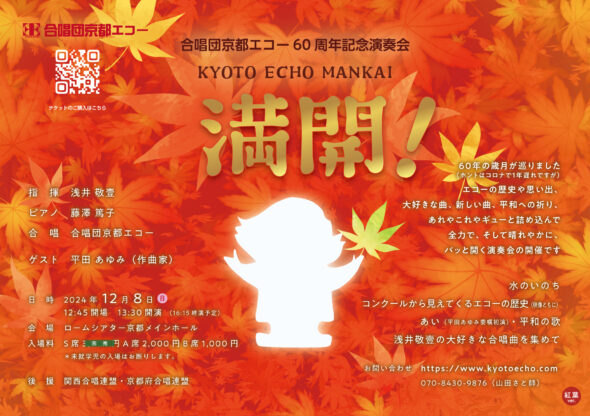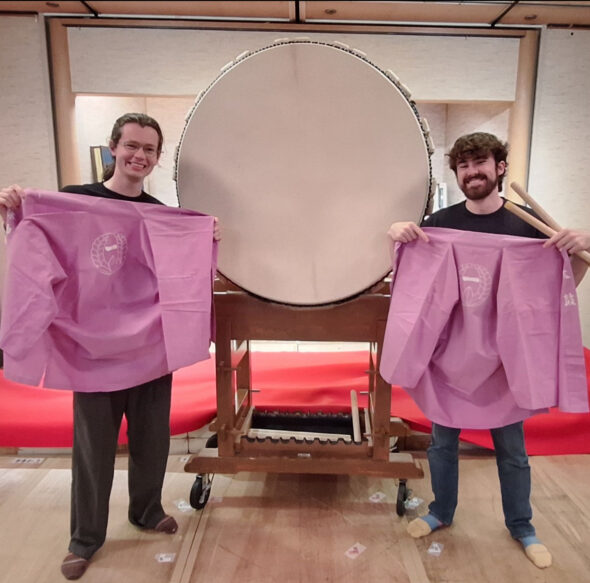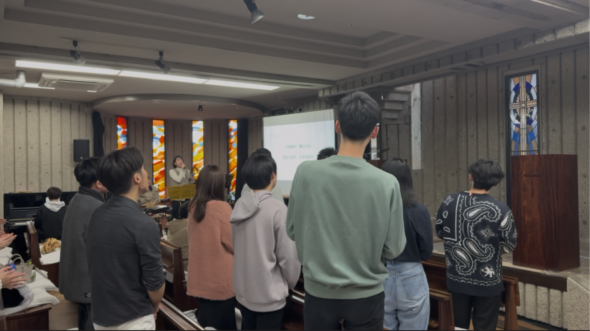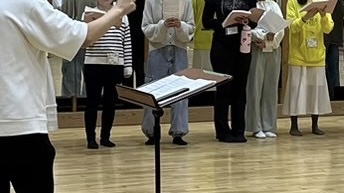
For my CIP, I participated in the Kyoto University Choir, joining their weekly evening rehearsals on the Kyoto University campus. They have three practices a week, and you can choose whichever days you would like to go. I sang with the Alto section and had a really fun time experiencing what it was like to be part of a fully student-organized Japanese musical circle.
Over the semester, choir slowly shifted from something unfamiliar and intimidating to a normal, comfortable part of my weekly routine. Observing how clearly the student leaders organized rehearsals gave me a new appreciation for role delegation, respect, and group communication in Japan.
Don’t stress if things feel awkward or slow at first. Relationships in any student groups take time, not force. Even if you’re shy like me, show small signs of engagement (greetings, nodding, following instructions carefully), and they are so kind, so you’ll naturally blend into the group before you realize it!


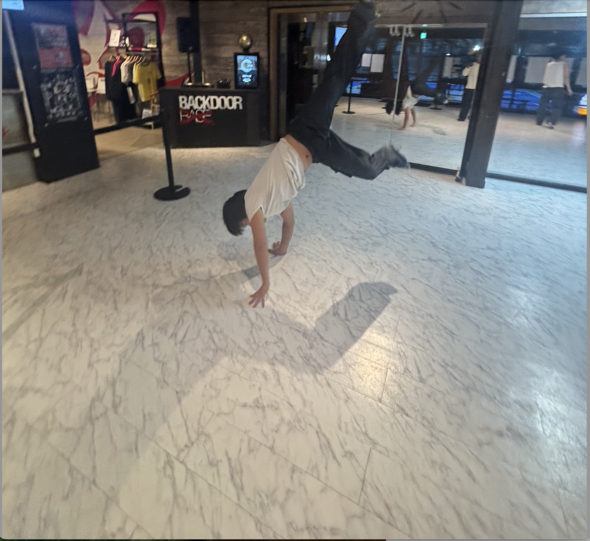 For my CIP, I participated in the hip-hop/breakdancing club called Egoistic Dancers. At the club, we did some workshops and taught each other moves. They have different group chats for what year of breaking you are at, for example, if you are a first year, they would invite you to beginner workshops. The club didn’t really do any cyphering, which I feel like was very much needed, as it allowed everyone to interact with each other. Many of the club members were very busy with upcoming tournaments and shows, thus there was not much room to interact with fellow breakers. Unfortunately, they also did not have a real break space, so I would often go to another place to break. Some advice would be to do some more research before committing to a CIP, and it doesn’t always have to be something that you are really into, because if I could go back, I would have changed my CIP to something I’ve never done before but had some interest in. I think CIP should be moreso a place to meet and interact with the local Japanese students.
For my CIP, I participated in the hip-hop/breakdancing club called Egoistic Dancers. At the club, we did some workshops and taught each other moves. They have different group chats for what year of breaking you are at, for example, if you are a first year, they would invite you to beginner workshops. The club didn’t really do any cyphering, which I feel like was very much needed, as it allowed everyone to interact with each other. Many of the club members were very busy with upcoming tournaments and shows, thus there was not much room to interact with fellow breakers. Unfortunately, they also did not have a real break space, so I would often go to another place to break. Some advice would be to do some more research before committing to a CIP, and it doesn’t always have to be something that you are really into, because if I could go back, I would have changed my CIP to something I’ve never done before but had some interest in. I think CIP should be moreso a place to meet and interact with the local Japanese students.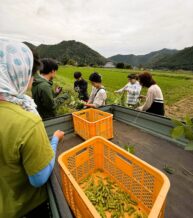 For my CIP, I joined Wasshoi, a circle at Kyoto University focused on agricultural activities, community engagement and rural revitalization in the small but beautiful village of Miyama. Together with a group of core members, I traveled to this village bimonthly to participate in activities such as edamame harvesting, building a corn maze for kids and harvesting thatch for a local renovation project!
For my CIP, I joined Wasshoi, a circle at Kyoto University focused on agricultural activities, community engagement and rural revitalization in the small but beautiful village of Miyama. Together with a group of core members, I traveled to this village bimonthly to participate in activities such as edamame harvesting, building a corn maze for kids and harvesting thatch for a local renovation project!